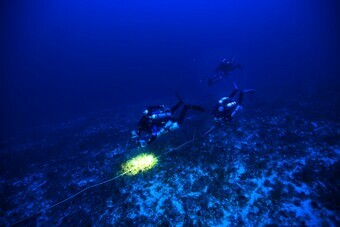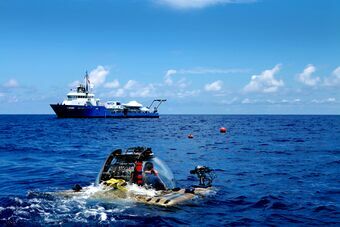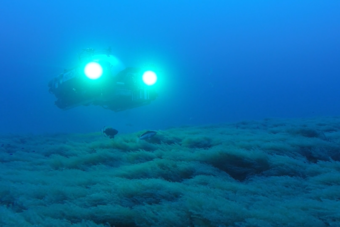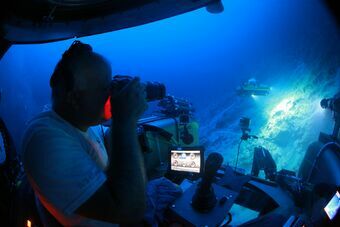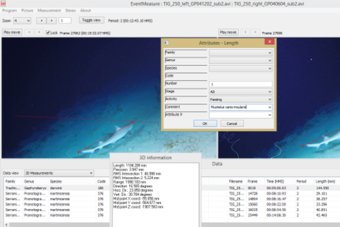Publications:
Stefanoudis et al. 2019
Shallow coral reef ecosystems worldwide are affected by local and global anthropogenic stressors. Exploring fish assemblages on deeper reefs is therefore important to examine their connectivity, and to help understand the biodiversity, ecology, distinctiveness, evolutionary history and threats in this sparsely studied environment. Conducting visual surveys on the Bermuda slope and a nearby seamount at depths from 15 to 300 m, we document decreasing fish biomass and diversity with increasing depth. Fish assemblages were primarily depth-stratified, with distinct suites of species inhabiting shallow (<30 m depth) and upper (60 m) and lower (90 m) mesophotic coral ecosystems, and confirming the presence of a distinct rariphotic (∼150–300 m) assemblage. We also report evidence of anthropogenic pressures throughout our surveyed depths. Our results highlight the novelty of deeper reef fish faunas, therefore suggesting limited applicability of the deep reef refuge hypothesis, and showcase the vulnerability of deep reefs to targeted fishing pressure and invasive species.
15- 305 m
Mesophotic “mentions”
42 x (total of 8049 words)
Classification
* Presents original data
* Focused on 'mesophotic' depth range
* Focused on 'mesophotic coral ecosystem'
Fields
Biodiversity
Community structure
Disturbances
Focusgroups
Fishes
Locations
Bermuda
Platforms
In-situ instrumentation
Manned Submersible
Rebreather



